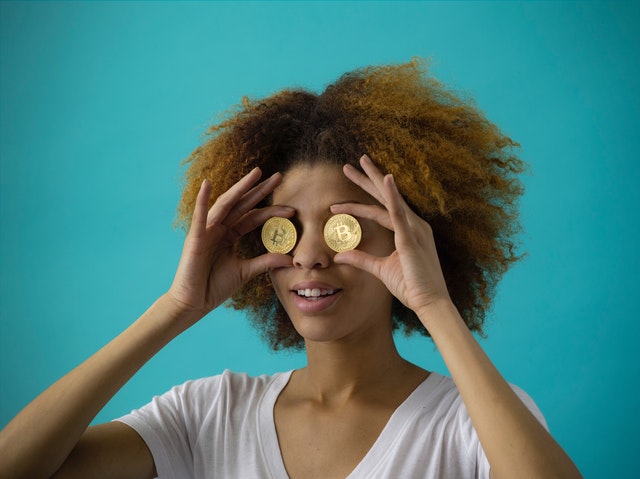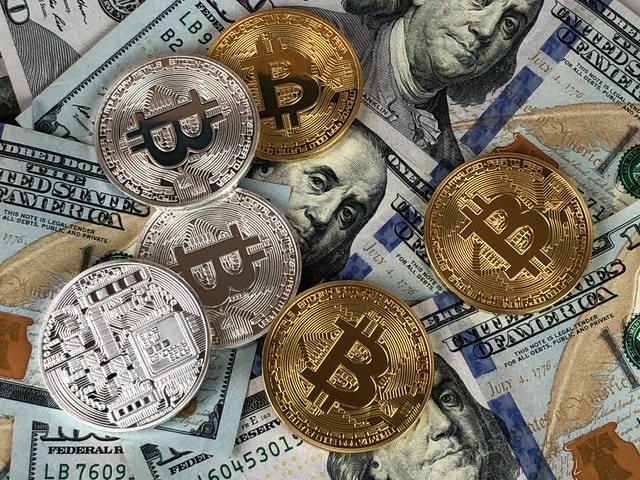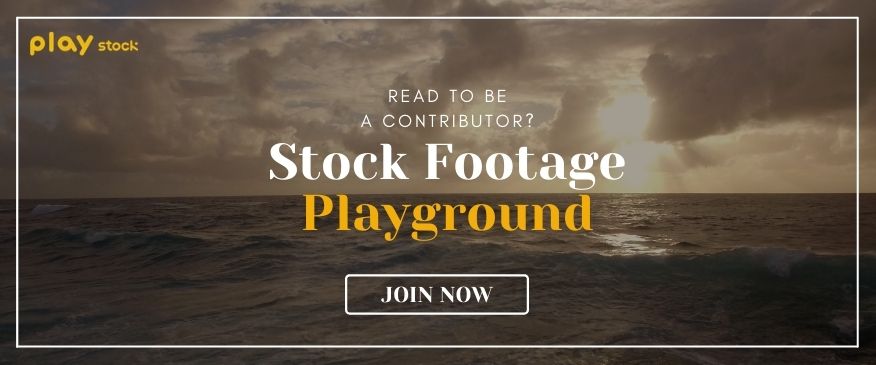
If you’re a memester, you would definitely be familiar with the ‘Disaster Girl’. Aren’t you? This smiling little girl has inspired meme-lovers all over the world and given hundreds of thousands of births of incredibly brilliant memes. At the moment of the photo taken by her father, Zoe Roth, the girl smiling in the picture, wouldn’t know that this meme will become one of the most recognizable images of the 21st century AND bring her over 500,000 USD to her as an NFT(non-fungible token). It’s not only ‘Disaster Girl’ who got profit using NFTs. Nowadays, they’re making headlines for selling for tons of bucks, and the influence of NFT in the art industry is getting bigger. Then how works NFT for videograhpers? Many videographers are already considering NFT a light to brighten their profits. You have no clue what an NFT is? No worries. Let’s deep dive into the world of NFT and figure out whether they’re only the bubble or game-changer of the art industry.
What’s NFT?
Non-fungible Token, NFTs are one-of-a-kind digital assets that use blockchain technology such as Bitcoin or Ethereum. The difference is that cryptocurrencies are fungible, so we can trade or exchange them with equal values like physical money. Unlike crypto coins, however, each NFT has unique identifying codes that make it impossible for NFTs to be exchanged for one another and certifies ownership of digital assets—arts, GIFs, Videos, Collectibles, and even memes.
What’s the benefit of NFT?
By paying for an NFT what the buyers can get is the right to transfer the token to their digital wallets, not the copyright. With the token, they can prove that the copy of a digital file is the original, but the copyright still belongs to the creator. This means they can’t stop people from seeing or downloading the same digital files from the internet. Then what’s the benefit for buyers? You may think. Blockchain stores a record of each time a transaction occurred making it harder to steal the files they own, and it keeps on protecting the ownership they have.

Moreover, this blockchain technology provides more beneficial opportunities to creators and buyers. First, artists don’t need to rely on galleries or auction houses to sell their art. They just can sell and promote their arts to the buyers directly. Second, you can program in royalties to receive a percentage of sales whenever a new owner purchases your art. In this way, you can keep making a profit even after its first sales.
Who purchased videos as NFT?
Those who are skeptical about NFT arts say who would buy it if you can watch for free online. Well, let me tell you how much people earned money from selling their arts as NFTs.
- Beeple-$6.6 million
In October 2020, Miami-based collector Pablo Rodriguez-Fraile spent 6.6 million dollars on a 10 seconds video clip of the digital artist Beeple, whose real name is Mike Winkelmann.
/cdn.vox-cdn.com/uploads/chorus_image/image/68948366/2021_NYR_20447_0001_001_beeple_everydays_the_first_5000_days034733_.0.jpg)
- LeBron James slam dunk-$208k
A video clip of LeBron James dunking sold for 208,000 dollars on NBA TopShop, a website that allows users to buy and sell NBA video clips.

- “Charlie Bit My Finger” – $7.6 million
The classic Youtube video went viral in 2007 sold as an NFT for $760,999.

Where to make my works as NFT?
I’m not saying that NFTs bring hundreds of thousands of bucks to all creators every time. However, even if it’s a bubble meant to be pop, it’s undeniable that NFTs are currently smashing the arts industries. So, why not? It’s worth taking a shot.

Now, to sell your works as NFT, you should check out the marketplaces where you can mint your works and display them to the public just like a gallery. There are several marketplaces:
- OpenSea: featured itself as ‘peer-to-peer marketplace for rare digital items and crypto-collectibles Opensea is one of the most well-known NFT marketplaces. You can simply browse all NFT arts by creating an account, and list your works. Minting the NFT will be required when sales actually occur.
- Rarible: This platform also allows creators to issue sell NFTs but you should mint before the sale even if it will never be sold. However, if you’re not going to mint a variety of works, then Rarible is still a great option since it doesn’t require owner verification for NFT listings as well as OpenSea.
- Foundation: Unlike others, here you must receive an upvote or get invited by other creators to post your art. Also, 100$ will be called for the gas fee to submit your work. Because of its exclusivity and high threshold, it features higher quality & prices of the arts among NFT marketplaces.
But there are plenty of others. Process of minting and listing, or royalty standards are all different across the marketplaces. So, do research as much as possible before jumping into the NFTs markets.
How to make my works as NFT?
Depending on the platform, the process to create NFT would be different but each step is still the same as below:
- Setting Up Digital Wallet: you need a digital wallet to store both your NFTs and cryptocurrencies. Most NFTs are using Ether(ETH), Ethereum’s native currency since the original NFT standard was the ERC721 built on Ethereum. There are various digital wallets such as Metamask, Enjin, Math Wallet, Trust Wallet, AlphaWallet, etc. If you don’t know what to choose, Metamask could be a good option since it’s maintained by the Ethereum foundation and is currently the most popular one.
- Listing: if you have already set up the digital wallet, it’s time to start listing your art. In this step, you should provide titles and descriptions and set the price. Pricing options could be diverse. For instance, OpenSea offers three options as Set Price, Highest Bid, and Bundle. Choose the one that sounds good for you.
- Setting Royalty: this process is generally included in the listing part. By programming royalties into your digital artwork, you can continuously get paid a percentage of sales profit anytime the artwork is sold to a new user. The percentage can range from 2.5% to 10% depending on each platform. Some are allowing artists to set the percentage, and some are automatically setting fixed one.
- Paying Gas Fee: those cryptocurrencies in your digital wallet is for the gas fee, the transaction cost. Gas is for processing transactions and it’s one of the huge differences between Ethereum and other cryptocurrencies like Bitcoin. Gas fees are paid with Ether and gas prices are denoted in Gwei, which is a denomination of ETH. Each Gwei is equal to 0.000000001 ETH. The thing is that the gas fees fluctuate depending on the time of day, so regularly check sites such as gasnow.org and txstreet.com to get a feeling for gas prices before actually purchasing.
So, should I jump into the NFT?
Well, it’s worth a try as long as you keep in mind that it doesn’t bring you a bunch of money immediately. There are a variety of points of view about the sustainability of NFTs in the art industry. Some are saying that the era of NFT will be over as soon as people lose interest.
However, it’s crystal clear that NFTs are getting attention all over the world and Ether is getting expensive as time goes by. Maybe this boom could end up miserable. So what? Whenever new things come out, there has been exactly the same opinion. If you are available to afford the fees that occur from listing, just go for it.
Read more related articles here!
- ULTIMATE Comparison: Contributor Earnings in Stock Video Platforms
- Ultimate Guide to becoming Stock Footage Contributor with Mobile Phone
